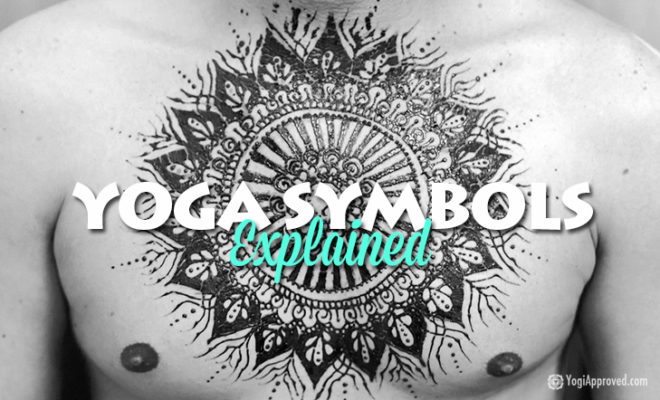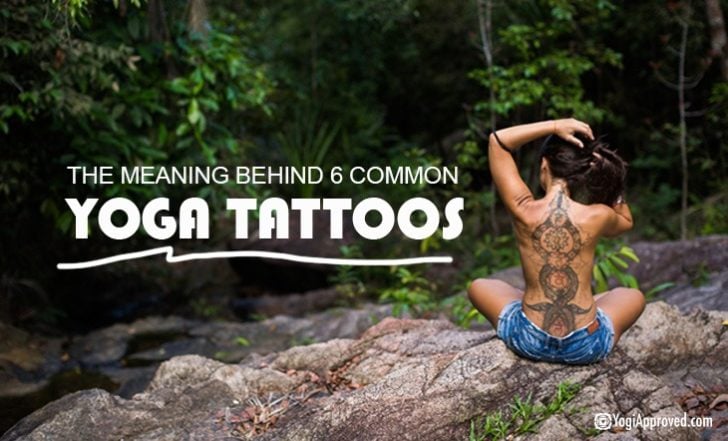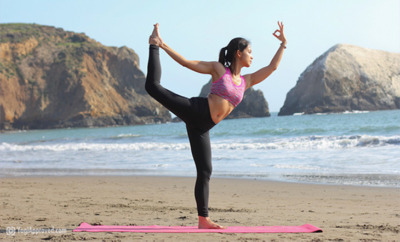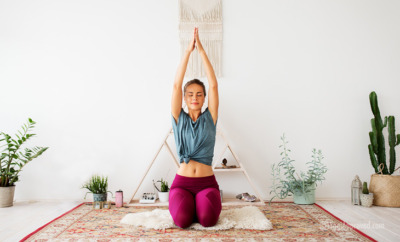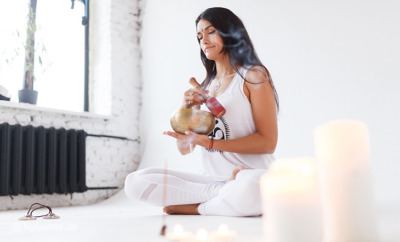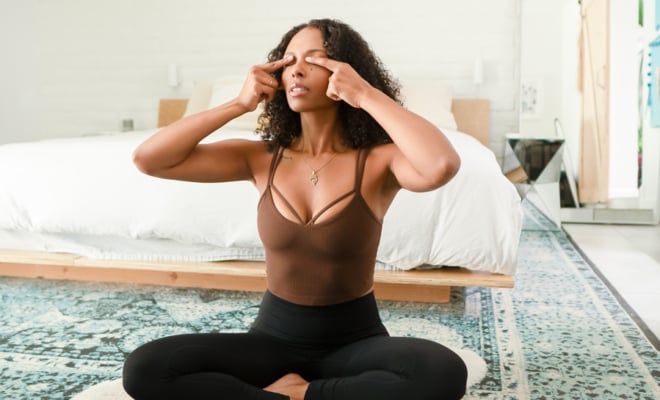Common Mudras, Their Meaning, and How to Practice Them
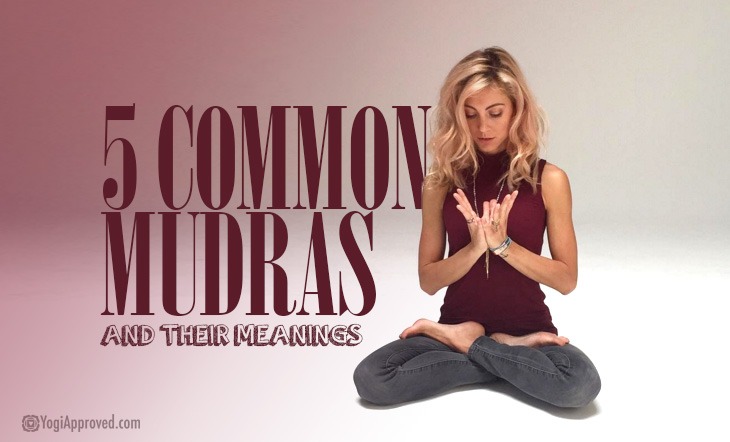
common mudras
You may have seen a picture of a yogi seated in meditation or in a yoga pose with their hands held a certain way. Although this does look pretty, it actually has its purpose. The specific hand gesture is called a mudra, and using mudras is part of our yoga practice.
A mudra is performed to direct the flow of energy through the body for different purposes like healing the body or calming the mind. The entire body can be used as a mudra, but the most common form is the hand, or Hasta (hand) Mudra.
It is said that our hands hold each of the basic elements: fire (thumb), air (index finger), space (middle finger), earth (ring finger) and water (pinky finger). When we use these elements within our bodies, we are able to direct the flow of energy to the brain and even stimulate different emotions, spiritual connections or reactions from the body.
With this movement of energy within the body, mudras can be used for healing as well. According to Ayurveda, if some of these basic elements are out of balance, the body can be too. And if the body has too much or too little of an element, disease can form.
Many of the elements do not interact well with each other. For instance, fire and water can cause an imbalance . . . too much fire in the body can lead to inflammation and too much water can douse the fire and lead to indigestion. Hasta mudras can be used to bring the balance back to the body by redirecting the elemental energy.
To get the most out of your mudras, incorporate them with a comfortable seated yoga pose and breath work. And just like any other part of your yoga journey, this is a practice as well. Let’s try some common mudras together!
Here are 5 common mudras, their meaning, and how to practice them:
1. Gyan Mudra
Gyan Mudra provides the yogi with a great sense of calmness and openness in meditation. This mudra boosts the air element and therefore stimulates the brain and is associated with knowledge. Use this mudra to boost your concentration.
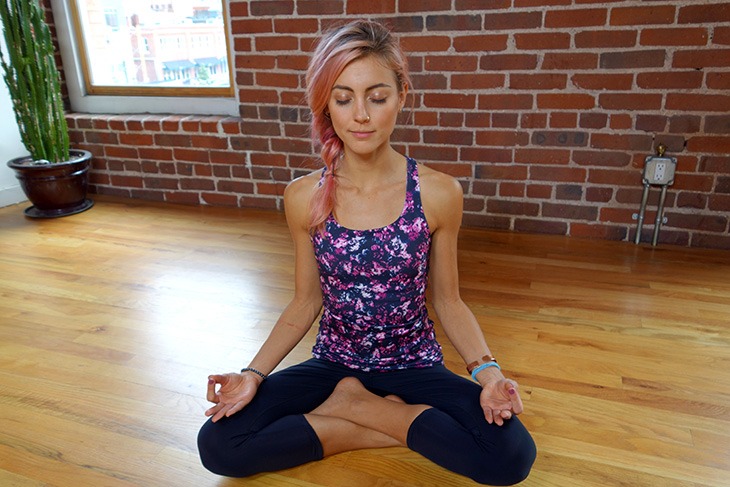
Try it!
- Bring the thumb and index finger to meet (pressure is light)
- Keep the middle, ring and pinky finger straight and connected but relaxed
- Palms can be up for receiving or down for grounding (which would make it the Chin Mudra, if palms face down)
- Practice with both hands
- Hands can placed on your knees or lap in meditation
2. Anjali Mudra (Prayer Hands)
In Sanskrit, Anjali is translated to “offering” and the Anjali Mudra is usually performed at the heart center. This mudra connects the right and left hemispheres of the brain and unites the body as a whole. This mudra is also associated with the greeting “Namaste.” It shows great respect and connection. Use this mudra to connect to your spirituality.
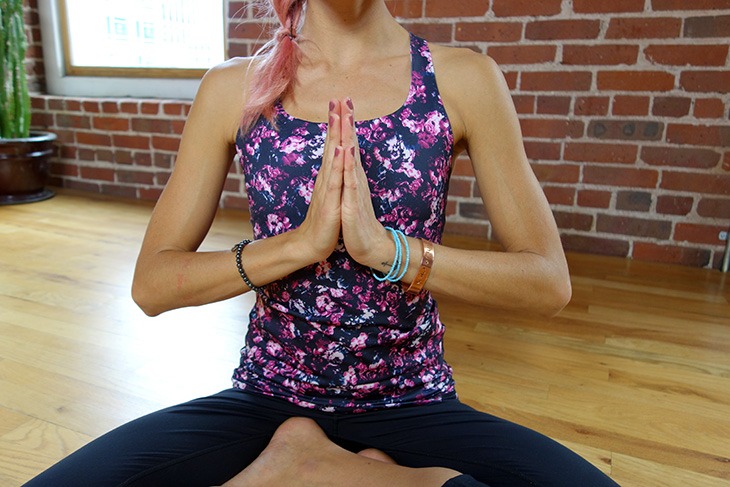
Try it!
- Bring both palms together, fingers up
- Hands are pressed firmly and evenly
- Keep a small opening in between the palms
- Hands usually remain in front of the heart center
3. Apana Mudra
The Apana Mudra is used to detox the body by accelerating elimination. It is energetically connected to the pelvis and abdomen and is a great mudra to help cleanse the body. The best time to practice this mudra is first thing in the morning. A consistent practice may even leave us with healthier skin. Use this mudra to aid in digestion, provide more energy and confidence.
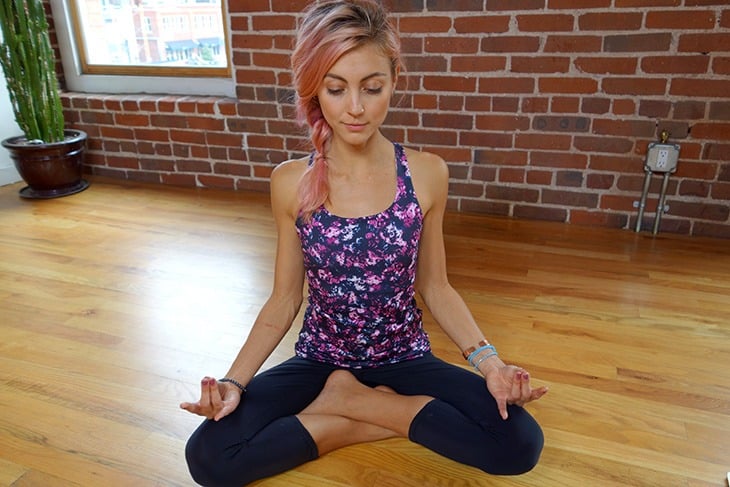
Try it!
- Bring the tips of the middle finger and ring finger to meet the tip of the thumb on the same hand (practice this mudra with both hands)
- Allow the index finger and pinky finger to remain extended
- Light but firm pressure at the fingertips
- Practice with both hands
- Hands can be placed in your lap or on your knees when seated
4. Dhyana Mudra
The Dhyana Mudra is known as a great mudra to use during meditation. It promotes concentration, reflection and calm energy. This mudra can be found on many of the Buddha statues in your home or yoga studio, and although this is often practiced in Buddhist meditation, this mudra was used long before by Hindu yogis.
The Dhyana Mudra represents a complete balance and sense of calmness. The right palm symbolizes awareness, while the left palm symbolizes the illusion of existence. Use this mudra during meditation to promote concentration and healing.
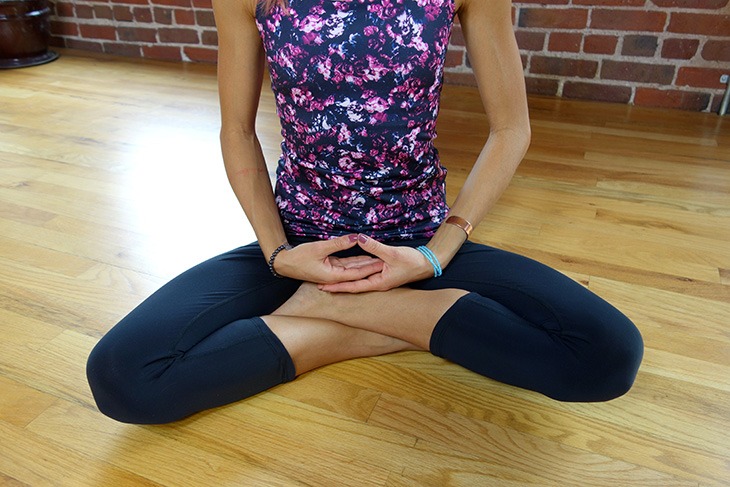
Try it!
- Place your hands in your lap, palms facing up
- Left hand on the bottom
- Tips of the thumbs meet and create a bowl shape
5. Kali Mudra
The Goddess known as Kali represents destruction, transformation and death. She destroys what is dark and makes way for the light. Kali is fierce, strong and powerful, and to embody her in this mudra is a great way to feel empowered during your yoga practice. To release tension, rid yourself of negativity and feel powerful, practice the Kali Mudra in both your meditation and yoga practice.
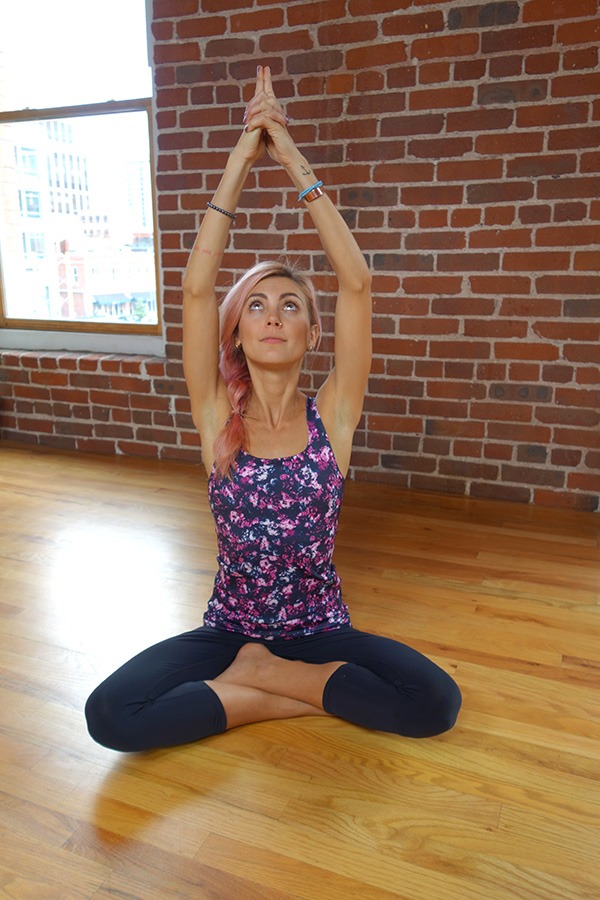
Try it!
- Interlace your middle, ring and pinky fingers
- The index fingers are together, pointing up
- Cross your left thumb over your right thumb
Mudras are a wonderful addition to your meditation and yoga practice. When we tap into our energies and basic elements, we are able to find a deeper connection to ourselves. Mudras can be practiced at home, the office or school. They are accessible any time and can heal, calm and keep the body and mind healthy.
Do you use mudras in your yoga or meditation practice? How have they helped you? Do you have any other mudras to recommend, or have a personal favorite you’d like to share? Please leave your thoughts in the comments below.


This Month's Letter
From the Editor
Monthly motivation and food for
thought from our founder.

